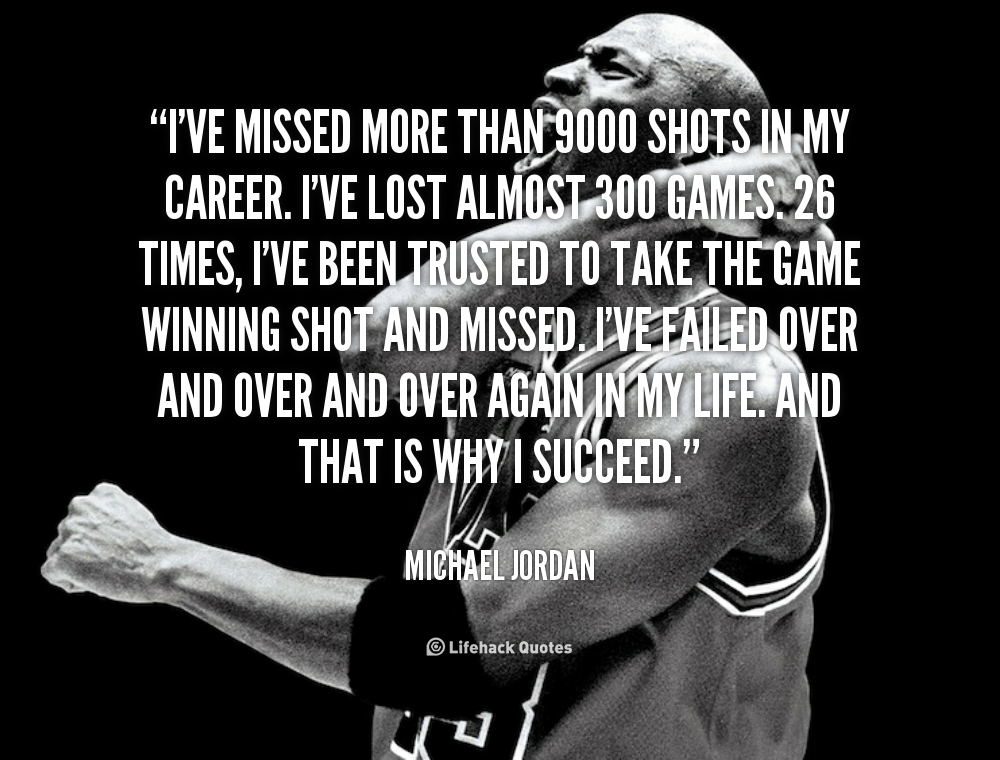Elevate Your Team's Game with Developer Productivity Engineering
In our wonderful profession of software engineering, the demand for predictable high-performing teams is growing. To bridge this gap, organizations are constantly trying new methodologies and practices. One such practice that has gained momentum is Developer Productivity Engineering. In this blog, I’ll dive into the world of Developer Productivity Engineering, exploring its principles and how it can empower teams.

Michael Jordan’s quote reminds us that success often arises from relentless effort and learning from failures. In the world of software engineering, achieving greatness requires continuous improvement and innovation. Developer Productivity Engineering is a methodology that can help your team turn failures into successes and missed shots into game-winners.
What is Developer Productivity Engineering?
Developer Productivity Engineering (DPE) is a set of practices, principles, and tools aimed at optimizing the productivity and happiness of software engineering teams. DPE takes inspiration from various disciplines, including DevOps, site reliability engineering (SRE), and Agile methodologies, to create an environment where developers can focus on what they do best, building high-quality software.
The Three Pillars of Developer Productivity Engineering
-
Automation and Tooling
Just as a basketball player relies on the right gear, developers need the right tools to excel. Automation is at the core of DPE. It involves streamlining repetitive tasks, enhancing development pipelines, and reducing manual interventions. With well-designed automation in place, developers can spend more time innovating and less time on common tasks.
-
Observability and Monitoring
In sports, performance analysis is crucial for improvement. Similarly, DPE places a strong emphasis on observability and monitoring. Teams must have the ability to track the performance of their software in real-time, identify bottlenecks, and proactively address issues. This proactive approach ensures that your team stays ahead of the game and delivers reliable software.
-
Developer Experience (DX)
Just as a supportive team and coaching staff can elevate an athlete’s game, a positive developer experience can boost productivity. DPE strives to create an environment where developers feel empowered, supported, and motivated. This includes providing clear documentation, training resources, and creating an open culture.
How Developer Productivity Engineering can transform Teams
Faster Iterations: DPE enables faster feedback loops, allowing teams to iterate and release software. Like Jordan developed his skills through practice, DPE helps developers refine their craft more efficiently.
Reduced Cognitive Load: By automating repetitive tasks, developers can focus on creative problem-solving rather than getting distracted by administrative work. This reduces the cognitive load on developers, leading to higher-quality work.
Resilience and Reliability: Just as Jordan could handle high-pressure situations, DPE equips teams to build resilient and reliable software that can handle unexpected challenges and spikes in demand.
Innovation: With DPE in place, your team can innovate more effectively. Developers have the freedom to experiment and explore new ideas, much like Jordan pushing the boundaries of basketball.
Summary
In the world of software development, the pursuit of productivity never stops. Developer Productivity Engineering can help you unlock a team’s full potential. By focusing on automation, observability, and developer experience, DPE can empower teams to achieve great things, much like Michael Jordan did on the basketball court.
So, if you embrace DPE remember Michael Jordan’s words: "I’ve failed over and over and over again in my life. And that is why I succeed." Embrace failure as a stepping stone to success.
Erik
